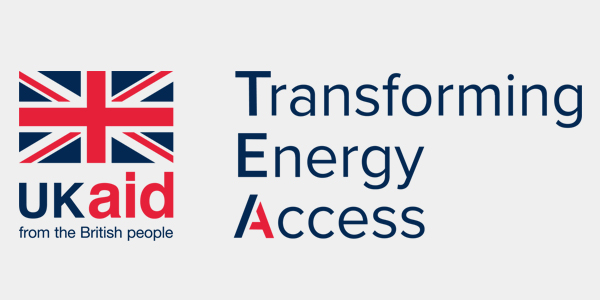
Zero Emission Generators (ZE-Gen) is a collaborative, cross-sector initiative to tackle sector barriers and accelerate innovation to build a thriving, competitive market for renewable energy-based alternatives to fossil fuel generators.
For more than 1.5 billion people around the world, reliable electricity is an inaccessible necessity. Populations regularly rely on petrol and diesel backup generators as a stopgap.
It is estimated that 25 million generators are deployed within developing economies, with 75% of generators globally operated in areas with grid connection (source IFC). In sub-Saharan Africa, back-up generators make up 9% of total electricity consumed, rising to 40% in West Africa.
Entrenched dependence on fossil fuel generators carries huge financial, environmental and social cost.
Economic
- Estimates of the levelised cost of electricity show that fossil fuel generators are typically more expensive than grid electricity ($0.20 – $0.60 / kWh), and cost about the same as solar+storage generators ($0.40-0.70 / kWh).
- An estimated $28 billion to $50 billion is spent by generator users globally on fuel each year. On average, generator consumers spend $0.30/kWh on fuel alone.
- In regions heavily reliant on fossil fuel generators for energy, fuel costs can match or exceed spending than that of grid electricity.
- Generator operations and maintenance can increase fuel service costs by 10-20%. These expenses can hinder regional development, private enterprise growth and personal wealth.
Environmental
- Fossil fuel generator fleets across developing economies combined, account for nearly 20 to 30 million sites: with an installed capacity of 350 to 500 GW (Gigawatts), equivalent to 700 to 1,000 large coal power stations.
- Annual emissions from fossil fuel generators are estimated to emit more than one hundred megatons of CO2e into the atmosphere.
- These generators significantly contribute to many countries failing to meet their climate goals, with an estimated 550 MtCO2e in cumulative emissions projected between 2021 to 2030.
Health and social
- Fossil fuel generators in Nigeria, cause an estimated 1,500 deaths annually, from the inhalation of generator smoke and carbon monoxide; increasing lung cancer risk by 70%.
- Children under the age of five are particularly susceptible to respiratory infections due to generator pollution.
- IFC estimates that fossil fuel generators account for 5% of NOx emissions across developing economies, rising to 15% in sub-Saharan Africa.
- Proximity to fossil fuel generators to homes and businesses increases negative health effects and noise pollution. Large generators emit as much as 100+ decibels, which is as loud as a bulldozer. Estimates suggest that in areas of concentrated use, they can cause hearing impairment in 2 of 3 users.
$0Bn
It’s estimated up to $50bn spent by generator users globally on fuel each year.
0MtC02
Without action, business-as-usual activity would generate 550 MtCO2e cumulative emissions. from 2021 to 2030.
0
Generators are estimated to cause approximately 1,500 deaths per year in Nigeria from the inhalation of generator smoke and carbon monoxide; increasing the chances of lung cancer by 70 percent.



